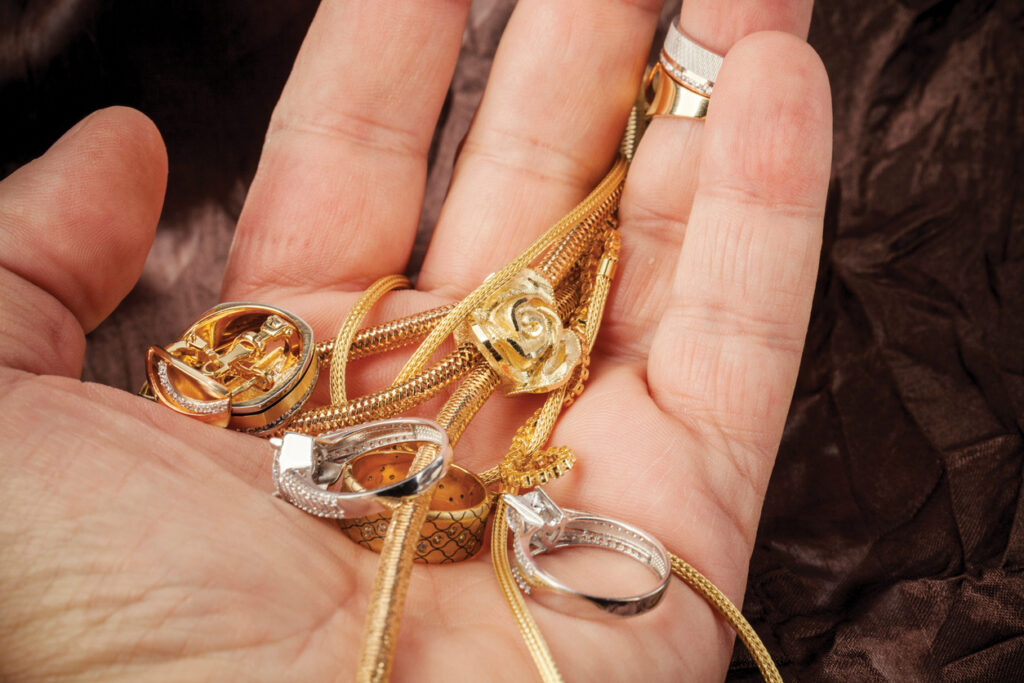During the holiday season, many beautiful baubles are bought, beautifully wrapped and gifted to loved ones to smile, ooh and ah over. Rings, and earrings, and bracelets and necklaces, Oh My! Now that you have these beautiful gems, gold and silver, too, how do you insure these beautiful treasures?
There are two ways to insure your new valuables. One is to schedule your new jewelry onto your existing home insurance policy for its specifically appraised value. It will be necessary for you to have the item or set appraised by a licensed or certified jewelry appraiser prior to insuring them. Many insurance companies allow appraisals up to 36 months old, while some require new appraisals every 12 months. Please review the terms of your policy to find out what the rules require.
The other way to insure your valuables is on an Inland Marine Floater policy. These policies typically cover for the perils of theft, breakage or mysterious disappearance, but are not tied to your home insurance.
One advantage of having an Inland Marine Floater policy over scheduling on your home insurance is that, if there is a claim, it won’t count against your home insurance policy itself. It will still count as a claim, but not the same way.
There are 12 categories of personal property that are typically classified as Scheduled Items:
• Jewelry, goldware, silverware, pewterware
• Furs
• Sports equipment
• Firearms
• Artwork
• Antiques/collectibles
• Stamps
• Coins
• Rare books and Manuscripts
The rating basis of the item or items in question has to do with the current value of the item or set, where it is kept, either in the home or in a safe, as well as the condition of the item.
In the event of loss by theft or mysterious disappearance, there would need to be a police report filed as well as the claim itself.
Many carriers offer discounts for the scheduling multiple items on one policy. For example, if you have a 10K ring and your husband has a Rolex, scheduling them together under one policy would reduce the premiums for both, as it would make more sense than to have a separate policy for each item.
For any older yet still valuable items that fall into this category, please make sure to keep appraisals current to get full value in the event of a claim. If your last appraisal showed a value of 15K, but the current value is 20K, you will not be able to collect on the difference, if you have an old appraisal that is outside the bounds of the underwriting guidelines.
You may also add other items to the same policy such as rare books, antique firearms or other valuable items from the list, provided they have been appraised within the timeframe of the carrier’s rules, usually either 12 months, or sometimes up to 36 months, depending on the carrier.
Your treasures carry more than monetary value; to you they would mean the world. So, protecting them to the fullest extent possible is a logical next step, and will be much less expensive than you think.
It’s a good idea to sit down with your Independent Insurance Agent to talk about your options, and outline a good plan to protect your treasures in a way that makes you feel comfortable.






















































